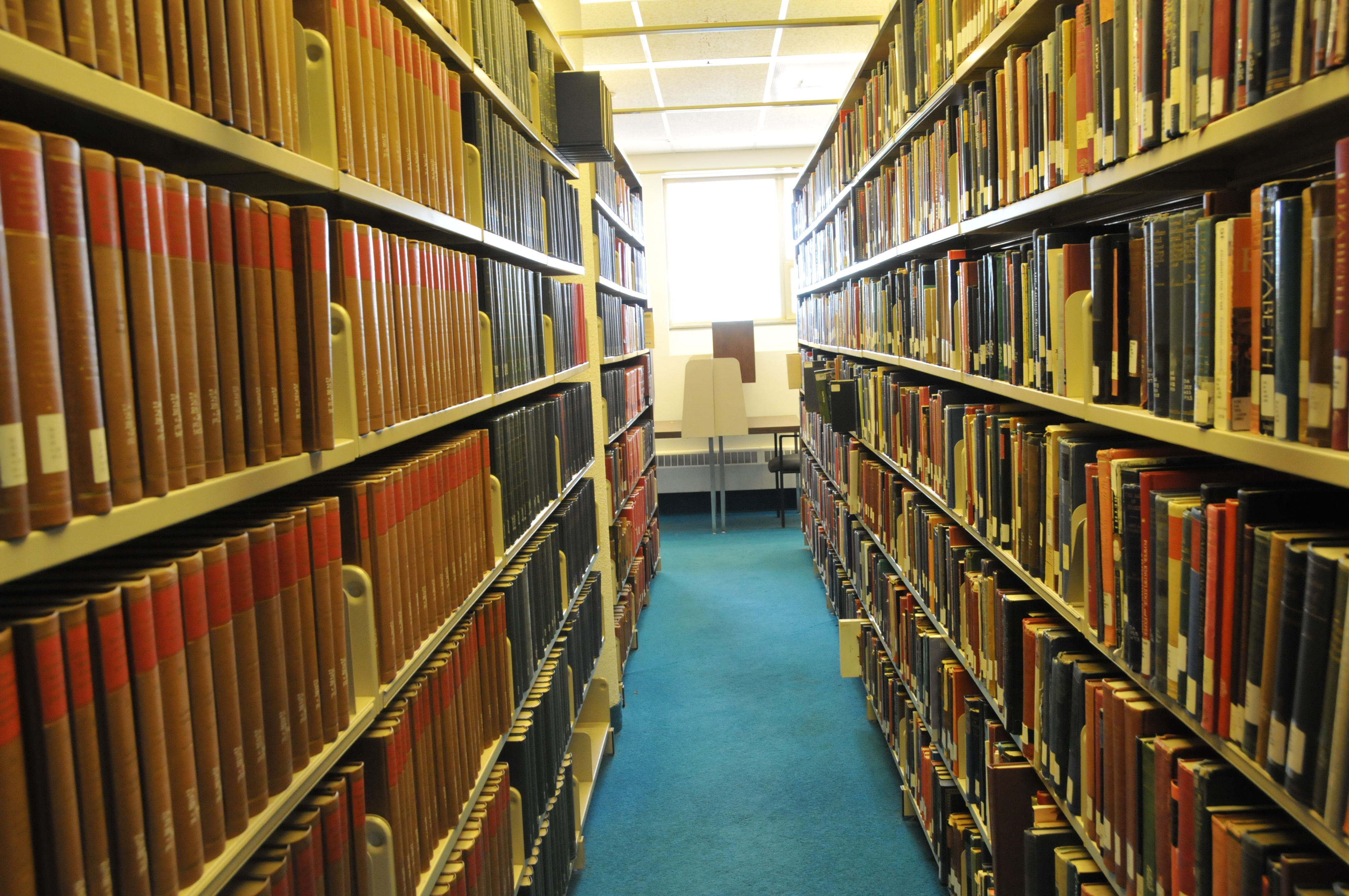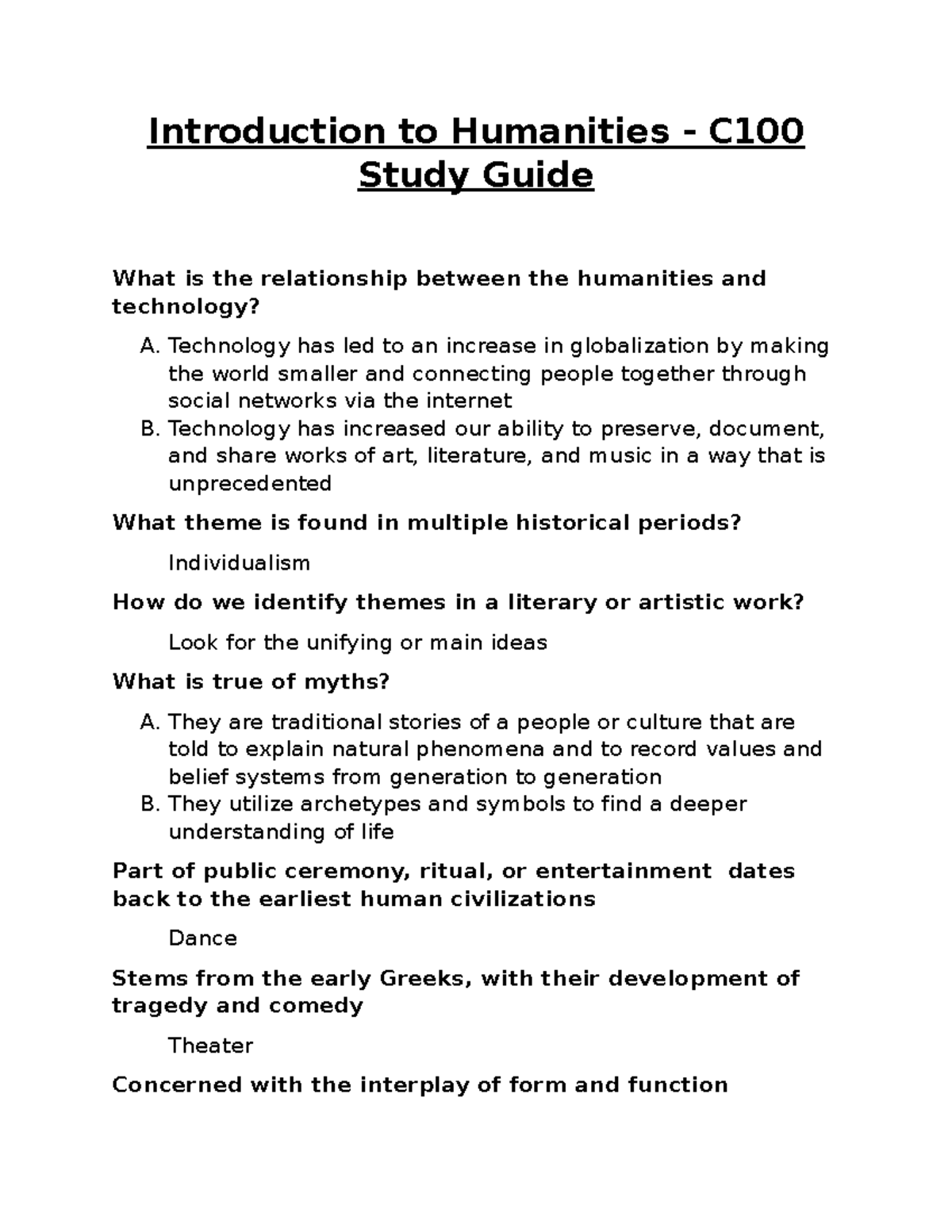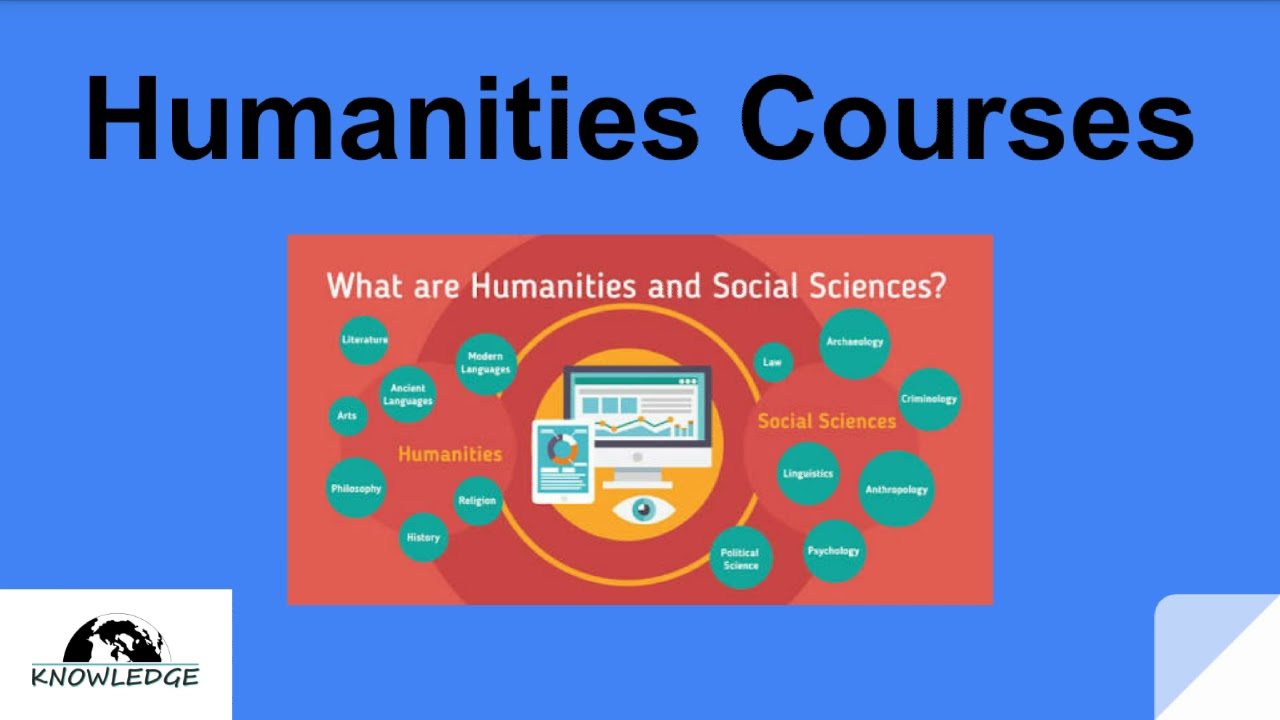The Harvard Archives serve as a treasure trove of institutional memory, offering a fascinating glimpse into the cultural and historical tapestry of Harvard University. Encompassing a myriad of Harvard artifacts, this extensive collection not only preserves the legacy of the university but also reflects pivotal moments in the broader history of America. The current archive exhibit, “Archives Inside Out”, showcases items that reveal the intricate connection between the evolution of the university and the unfolding narrative of the nation. Visitors can explore letters, photographs, and manuscripts that highlight the significant contributions of Harvard’s community members, including notable figures like John F. Kennedy and W.E.B. Du Bois. As a repository of wisdom and creativity, the Harvard Archives invites all to engage with the rich cultural history embedded in its collections, inspiring future generations to appreciate the stories that shape our world.
The repository known as Harvard Archives encompasses an extensive assortment of historical documents and items that are vital to understanding the evolution of both Harvard and its impact on society. This collection acts as an archive exhibit of significant Harvard artifacts, presenting an opportunity to delve into the past and discover the stories that have shaped not only the university but also American culture at large. As a vital resource in the study of the history of Harvard, the archives capture the university’s many narratives, showcasing artifacts that reveal the institution’s role in pivotal societal shifts. Through its curated pieces, the Harvard Archives highlights its commitment to preserving the cultural history that enriches academic inquiry and informs contemporary discussions. By accessing this wealth of information, individuals can gain valuable insights into the intertwining legacies of Harvard University and the larger historical landscape.
Exploring the Harvard University Archives
The Harvard University Archives hold a treasure trove of cultural artifacts that narrate not only the history of Harvard but also the broader spectrum of American history. These archives serve as a vital repository, preserving significant documents that shed light on the institution’s evolution and its impact on society. From handwritten letters of distinguished alumni to groundbreaking photographs capturing pivotal moments in history, the collections reveal the diverse narratives that converge within this esteemed institution. Each item is more than just a relic; it is a thread in the fabric of both Harvard’s legacy and that of America itself.
The careful curation of these archives allows scholars, students, and the general public to access an array of artifacts that detail a multitude of cultural and historical contexts. For instance, a letter from John F. Kennedy resonates with current political dialogues, inviting inquiries into leadership and legacy. Similarly, archival photographs of women at the Harvard College Observatory highlight the often-overlooked contributions of women in science, showcasing their pivotal roles in academic advancements. Such items not only preserve history but also ignite discussions about the ongoing influence of these narratives in contemporary culture.
Significant Artifacts on Display
The current ‘Archives Inside Out’ exhibit features a selection of remarkable artifacts that encapsulate critical moments in both Harvard’s and America’s timelines. Among these finds is a poignant note from John F. Kennedy, serving as a reminder of the intricate connections between Harvard and prominent historical figures. Other items, like the 1905 letter from W.E.B. Du Bois, invite reflections on race relations and societal change, illustrating how great minds have shaped public discourse through the centuries. This exhibit stands as a testimony to the power of archiving in preserving and sharing pivotal stories.
In addition, the inclusion of digital tools to capture artifacts, such as the screen capture of a March 2020 issue of The Harvard Crimson, showcases the evolving nature of archival practices. This particular snapshot reflects the community’s response to the COVID-19 pandemic, providing insight into a tumultuous period that changed the fabric of daily life. By integrating traditional and modern archival techniques, the Harvard University Archives continue to evolve, ensuring that even the most recent memories are preserved for future generations.
The Role of University Archivists
University archivists play a pivotal role in shaping how history is recorded and shared at Harvard. Through diligent research and an unwavering commitment to preserving diverse narratives, archivists curate collections that reflect both the university’s legacy and the broader cultural history of America. As emphasized by staff like Virginia Hunt and Sarah Martin, the collaborative effort in selecting items for the ‘Archives Inside Out’ exhibit underscores the value of diverse perspectives in curatorial practices. Every artifact tells a story, and archivists are the storytellers ensuring that these histories are accessible and engaging.
The exhibition’s approach to democratizing archival work invites public engagement, breaking down barriers that often surround historical collections. By actively involving university staff in the selection process, archivists showcase the variety of viewpoints within the academic community. This collaborative model not only enriches the exhibition but also highlights the importance of inclusivity in documenting history. As they unearth and present these artifacts, university archivists forge connections between past and present, offering invaluable insights into the cultural legacy that shapes Harvard and its wider context.
Cultural History Reflected in Archival Objects
The artifacts on display in the Harvard University Archives encapsulate pivotal points in cultural history, reflecting narratives that extend far beyond the confines of the campus. For example, the photographs of women at the Harvard Observatory present a compelling narrative about women’s contributions to science during a time when they were often marginalized in professional spaces. Such items are essential for illustrating how the university has served as a microcosm of broader societal changes, capturing the shifting dynamics of gender, race, and academic pursuit.
Additionally, letters and personal correspondence showcased in the archives, such as the exchange between Seamus Heaney and Helen Vendler, document personal views and social contexts that resonate today. These intimate glimpses into the lives of notable figures provide context for understanding contemporary issues within academia and society. By preserving these histories, the Harvard archives not only honor individual stories but also contribute to a more inclusive cultural history that recognizes the myriad voices that have shaped institutional narratives.
The Impact of Digital Archiving at Harvard
Digital archiving has transformed how the Harvard University Archives operate, enabling a wider audience to access historical materials from anywhere in the world. Through innovative web archiving programs, items like the captured issue of The Harvard Crimson during the pandemic can be preserved in their original digital formats, allowing future scholars and interested parties to explore the context and reactions to unprecedented events. This shift not only enhances accessibility but also ensures that the narratives of marginalized communities reach broader audiences.
Furthermore, digital tools and methods for archiving facilitate the preservation of artifacts that may have originally been fragile or susceptible to deterioration. The digitization of collections, such as the letters gathered by Albert Bushnell Hart, ensures that critical historical documents can be maintained for future research while minimizing the wear and tear on the physical items. As the Harvard University Archives embrace these advancements, they continue to pave the way for a more comprehensive understanding of history that is inclusive and representative of various cultural experiences.
Connecting Artifacts to Stories
One of the most captivating aspects of the ‘Archives Inside Out’ exhibit is the connection between artifacts and the stories they embody. Each selected item is not merely a piece of history; it serves as a catalyst for exploring the rich narratives that define Harvard’s legacy. The process of choosing something like the perpetual calendar developed by Harvard President Thomas Hill illustrates the intricate balance between education, science, and personal discovery. Such connections foster a deeper understanding of how individual contributions impact broader historical movements.
Additionally, personal letters, such as those exchanged during the 1950s civil rights movement, allow visitors to engage with the emotional and social landscapes of past eras. These intimate artifacts serve as bridges, linking contemporary audiences to the thoughts and realities of their predecessors. By highlighting the human stories behind the archival collections, the Harvard University Archives not only preserve history but also invite ongoing dialogue about the complexities of personal and collective identities.
Highlighting Underrepresented Voices
The Harvard University Archives, through their ongoing commitment to diversity and inclusion, prioritize the representation of underrepresented voices in their collections. This dedication can be seen in the efforts to archive letters and artifacts from marginalized communities, ensuring that their stories are not lost to time. Archivists like Jehan Sinclair focus on collecting materials that reflect the diverse fabric of Harvard and the impacts of race, culture, and identity. By acknowledging the significance of these narratives, the archives play a crucial role in shaping a more inclusive historical record.
Moreover, the digitization of these collections amplifies the voices of those who have historically been ignored or silenced. As archivists work to make these materials accessible, they facilitate a broader understanding of the challenges faced by various communities throughout history. This not only enriches the archive itself but also empowers current and future generations to recognize and learn from the past, fostering a sense of connection and continuity that is vital for social progress.
Educational Impact of Archives on Students
The educational value of the Harvard University Archives extends far beyond mere preservation; it actively contributes to the academic growth and understanding of students. By integrating archival materials into curricula, educators allow students to engage firsthand with primary sources, fostering critical thinking and analytical skills. Items from the archives, such as letters from influential thinkers or documents related to historical events, serve as valuable teaching tools that enhance classroom learning and stimulate deeper inquiry into America’s past.
Additionally, student engagement with these archives cultivates a sense of ownership over their educational journey. As students explore Harvard artifacts and cultural history, they are encouraged to contribute to ongoing dialogues about identity and history. This process not only enriches their academic experience but also promotes a more comprehensive understanding of their place within a shared narrative. By tapping into the vast resources of the Harvard University Archives, students gain insights that resonate beyond the classroom, preparing them to become informed and engaged citizens.
Future Directions for Archival Preservation
Looking toward the future, the Harvard University Archives are poised to evolve further in their approach to preservation and access. As technology continues to advance, so too will the methods and tools available for archivists to capture and maintain the integrity of historical documents. Embracing practices such as cloud storage and digital conservation techniques will ensure that critical pieces of history remain intact and accessible to all. This commitment to innovative preservation methods will safeguard Harvard’s legacy for generations to come.
Moreover, fostering partnerships with other institutions and community organizations will enhance the archival narrative at Harvard. Collaborative projects can lead to broader collections that capture a more comprehensive and accurate portrayal of history. By engaging with a variety of stakeholders in the community, the Harvard University Archives can work towards a more inclusive representation of cultural artifacts, ensuring that the diverse tapestry of history remains woven into the fabric of education and scholarship.
Frequently Asked Questions
What types of items can be found in the Harvard Archives?
The Harvard Archives house a diverse range of items including personal letters, photographs, manuscripts, and artifacts that document the history of Harvard University and its community. For instance, items on display in the ‘Archives Inside Out’ exhibit include a letter from John F. Kennedy and photographs of women ‘computers’ at the Harvard Observatory.
How does the Harvard Archives contribute to the cultural history of America?
The Harvard Archives play a crucial role in preserving cultural history by documenting significant events and figures that have shaped America. Exhibits like ‘Archives Inside Out’ showcase how Harvard artifacts reflect broader American narratives, such as race relations through W.E.B. Du Bois’s letters and the impact of the COVID-19 pandemic from the perspective of Harvard students.
What is the ‘Archives Inside Out’ exhibit at Harvard University Archives?
The ‘Archives Inside Out’ exhibit is a public display that features selected items from the Harvard Archives, showcasing their historical significance and the archival processes involved. The exhibit aims to make the work of archivists more accessible and to illustrate how these items contribute to the understanding of Harvard’s history within a larger American context.
How can I access the collections in the Harvard University Archives?
The collections in the Harvard University Archives can be accessed by visiting the archives in person or through their digital collections online. Researchers and the public are encouraged to explore the materials available, including the highlights showcased in exhibits like ‘Archives Inside Out.’
What role do Harvard archivists play in preserving history?
Harvard archivists are responsible for collecting, preserving, and providing access to the University’s historical materials. Their role involves curating exhibits, digitizing collections, and facilitating research, as seen in the curation of the ‘Archives Inside Out’ exhibit which celebrates both Harvard’s history and the contributions of its archivists.
Can I see digital collections from the Harvard Archives online?
Yes, the Harvard Archives provides access to many of its collections online through their website. These digital archives include documents, photographs, and other artifacts that illustrate the history of Harvard University alongside significant cultural histories.
What are some unique finds in the Harvard University Archives?
Unique finds in the Harvard University Archives include various historical documents and artifacts, such as letters from notable figures like John F. Kennedy and W.E.B. Du Bois, photographs depicting historical events, and items like Thomas Hill’s perpetual calendar, illustrating the intersection of education, science, and history at Harvard.
How does Harvard University Archives support diversity and inclusion?
Harvard University Archives supports diversity and inclusion by prioritizing the collection and preservation of materials that represent under-represented communities. Initiatives such as the Equity, Diversity, Inclusion, Belonging, and Antiracism Digitization Program ensure that diverse voices are documented and accessible to a wider audience.
| Item | Description | Archivist |
|---|---|---|
| Letter from John F. Kennedy | A draft letter to his Harvard College classmates circa 1946, providing insight into his personality. | Pam Hopkins, Head of University Archives Reference Services |
| Photograph of Women Computers | Depicts women cataloging stars at the Harvard College Observatory circa 1900, highlighting invisible labor. | Alison Macdonald, Records Manager/Archivist for Operations |
| Letter from W.E.B. Du Bois | A letter discussing race relations in America, showcasing academic discourse. | Erin Clauss, Lead Processing Archivist |
| Perpetual Calendar by Thomas Hill | An invention illustrating scientific pursuits of a Harvard President, showing a unique archival piece. | Dominic P. Grandinetti, Processing Archivist |
| The Harvard Crimson Screenshot | A digital capture documenting Harvard’s response to the COVID-19 pandemic. | Sean Crawford, Collection Development Coordinator |
| Sketches from the Harvard Lampoon | Early donation representing student culture and creativity at Harvard. | Alexandra Dunn, Collection Development Archivist |
| Letter from Seamus Heaney | A personal letter discussing a light-hearted medical incident, illustrating a famous poet’s correspondence. | Heidi Horner, Collection Development & Records Management Assistant |
| Letter from Ragan Henry | A letter reflecting on racial issues and personal life in the 1950s among Harvard students. | Jehan Sinclair, Processing and Digitization Archivist |
| Bound Typescript on Harvard Pacifists | Documents motivations of students opposing military service during WWII, highlighting peace activism. | Ed Copenhagen, Reference Archivist |
Summary
Harvard Archives serves as a crucial keeper of history, and the recent exhibit ‘Archives Inside Out’ showcases remarkable artifacts that narrate the intertwined tales of Harvard University and American history. Items ranging from President John F. Kennedy’s correspondence to historical photographs of women mathematicians emphasize the profound narratives behind archival collections. This exhibit not only honors the legacy of esteemed individuals related to Harvard but also reflects the diverse experiences that shape our understanding of the past. By presenting these selected finds, the Harvard Archives facilitates public engagement and illuminates the ongoing journey of documentation and research that defines the archival profession.




